Showing 1 to 15 of 2396 results
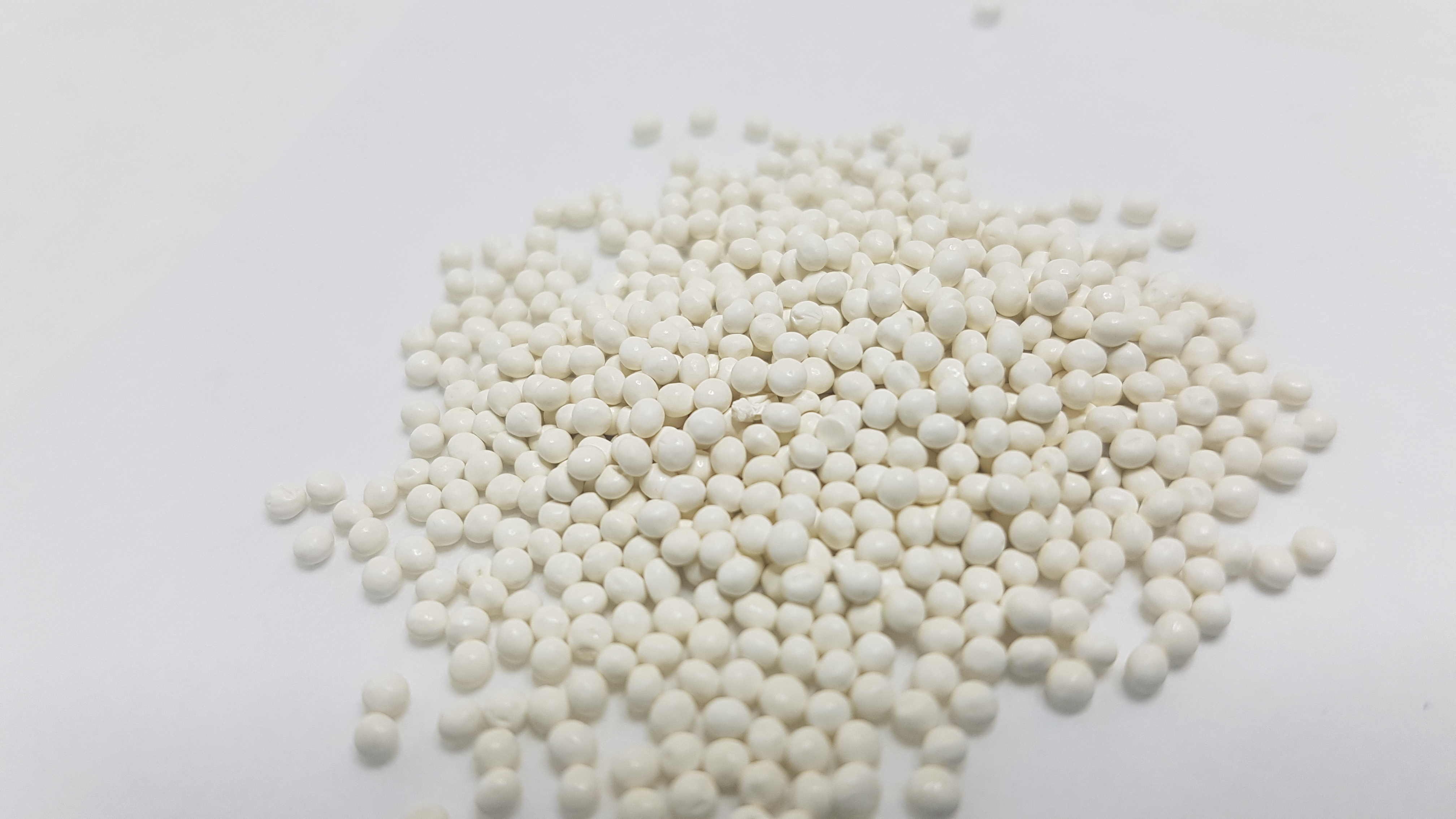
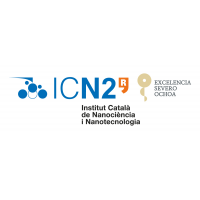
Super Porous Adsorbent of Heavy metals for Water Purification
Patents for licensing ICN2

Veggletto Vegetarian Egg Replacement Technology
Patents for licensing Byron Food Science Pty Limited

Vegan Thrive, A Capsule-in-Capsule Supplement for Vegans
Investment Opportunities in Startups and Spinoffs Robert DiSilvestro![Environmentally friendly procedure for the synthesis of aldehydes and ketones from diols/ Procedure for the oxidative cleavage of […]](https://static8.innoget.com/uploads//311251543d10b44e750259ab7802a0988058cfd9.jpg)

Environmentally friendly procedure for the synthesis of aldehydes and ketones from diols/ Procedure for the oxidative cleavage of […]
Innovative Products and Technologies UNIVERSIDAD DE BURGOS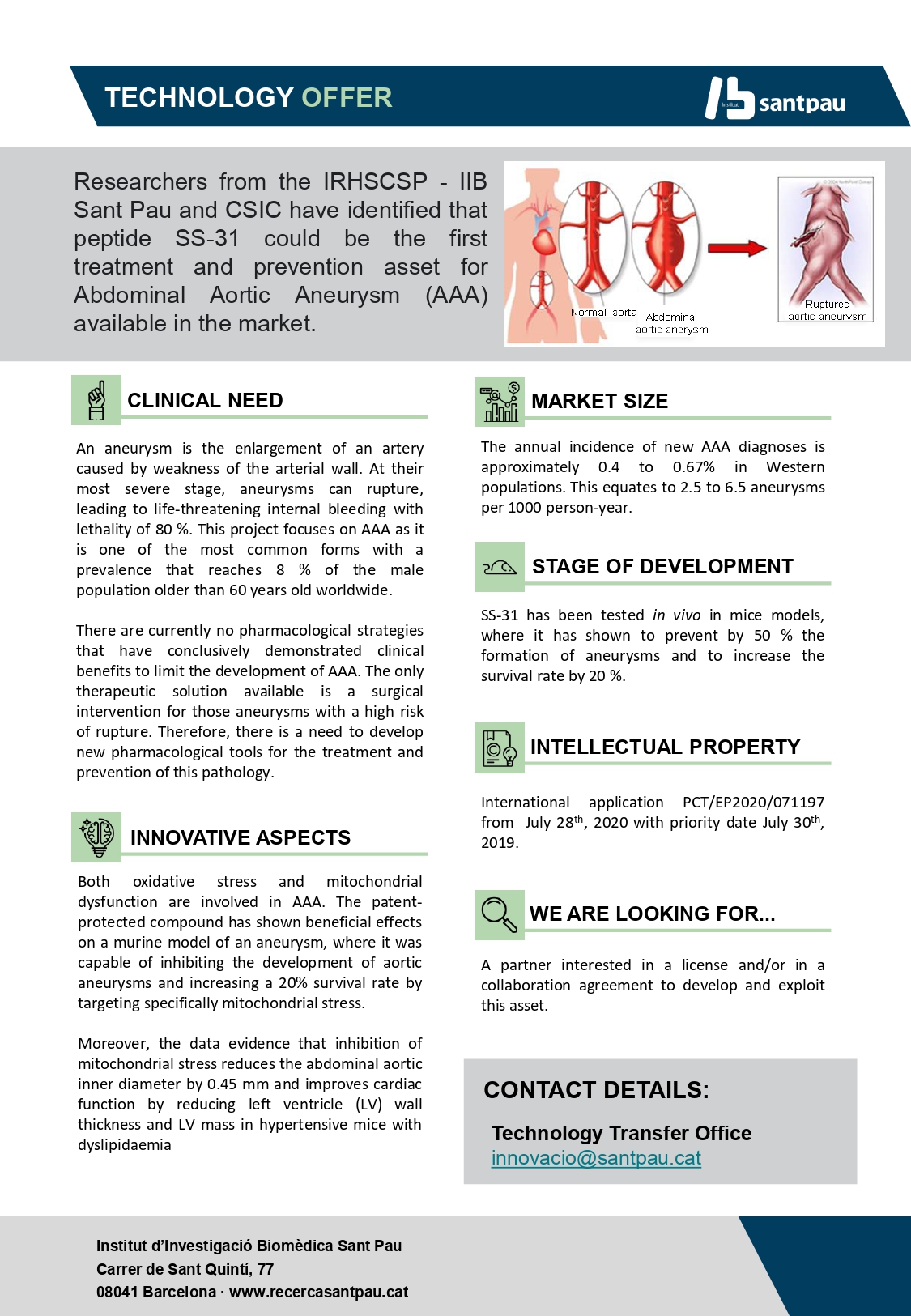
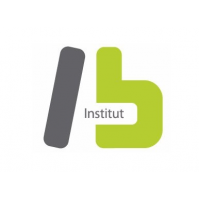
SS-31 peptide for treatment and preventing abdominal aortic aneurysm (AAA)
Patents for licensing Biomedical Research Center Sant Pau (IIB)
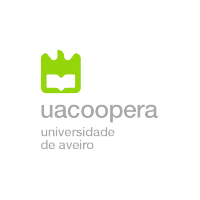
Fluorescent compounds, methods of manufacturing and uses thereof
Patents for licensing UATEC - Unidade de Transferência de Tecnologia
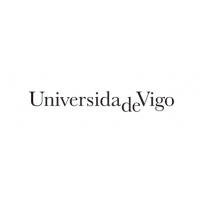
Suppression of Impulsive Noise for Power Line Communications
Patents for licensing University of Vigo
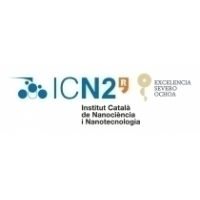
Versatile magnetic/optical device for advanced nanotherapies
Patents for licensing Institut Català de Nanociència i Nanotecnologia![Gait Quality Diagnostics - Wearable AI/ML computational unit with sensor to suggest immediate level of gait quality and disorder t[…]](https://static7.innoget.com/uploads//c45adbb49e0d62d3b7e3b6c927c5044b5cda7144.png)
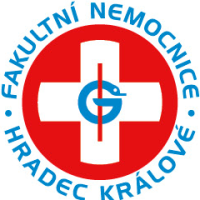
Gait Quality Diagnostics - Wearable AI/ML computational unit with sensor to suggest immediate level of gait quality and disorder t[…]
Innovative Products and Technologies University Hospital Hradec Králové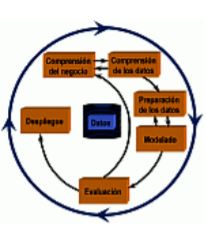

Model combination method (ensembles). Construction of "Rotation Forest" classifform-control form-control iers and regressors
Innovative Products and Technologies UNIVERSIDAD DE BURGOS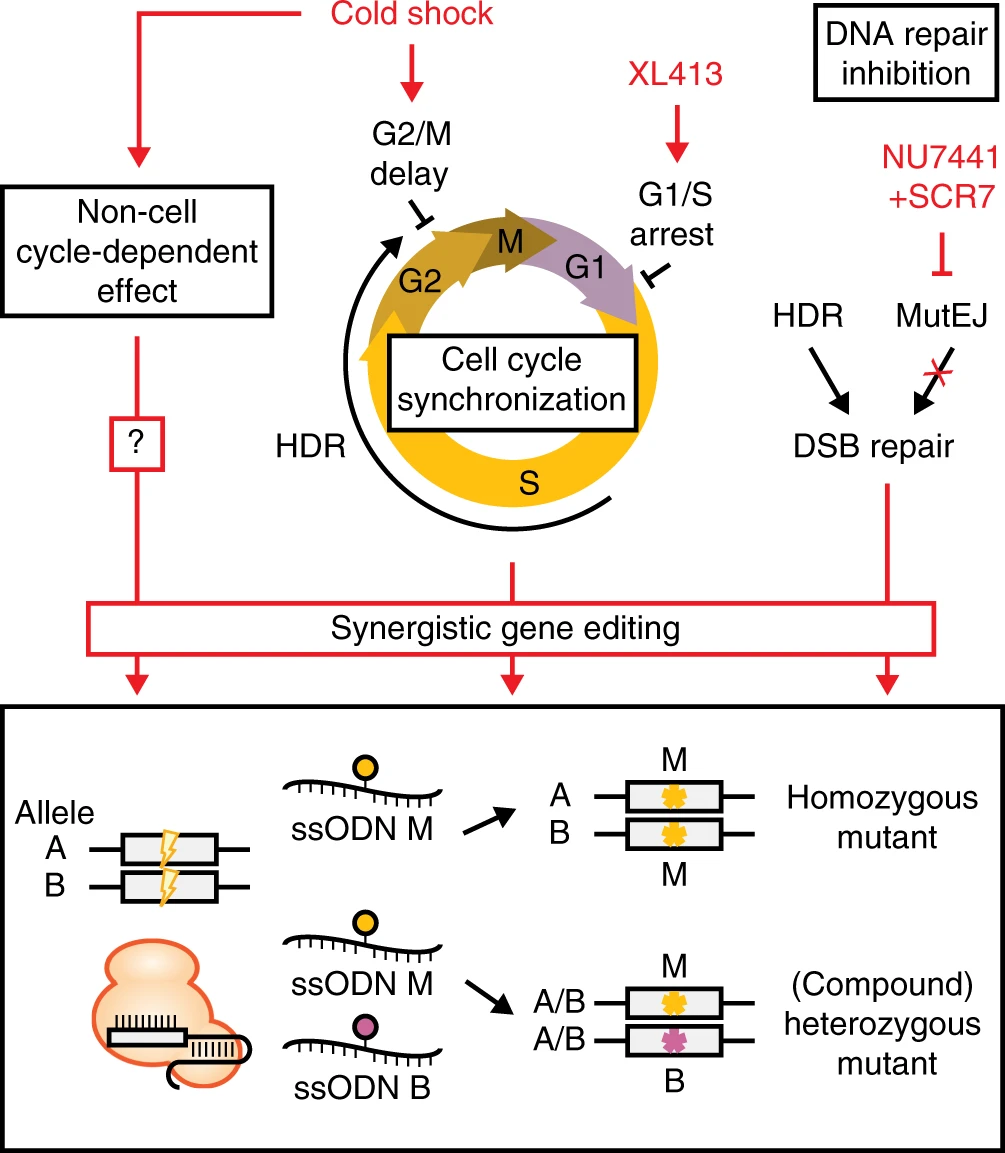
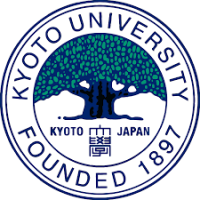
Optimization of precise gene editing in human iPS cells
Innovative Products and Technologies Kyoto University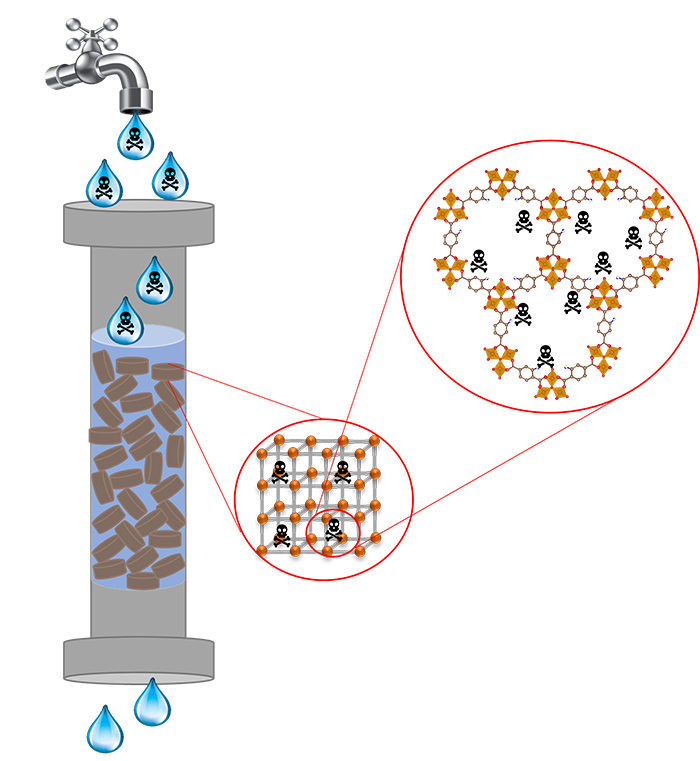

Water remediation using novel advanced porous materials
Innovative Products and Technologies IMDEA Energy![New protein with organ-protective properties capable of reducing the size of damaged tissue by protecting against ischemia and sub[…]](https://static0.innoget.com/uploads//3d0692d2d7e821f364cc55edd4b366b7f80848ad.jpg)

New protein with organ-protective properties capable of reducing the size of damaged tissue by protecting against ischemia and sub[…]
Patents for licensing Biomedical Research Center Sant Pau (IIB)
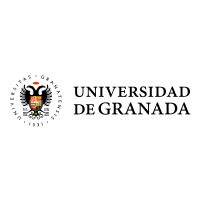
Nanoparticles loaded with jasmonate to fortify and induce natural defenses in plants
Patents for licensing Universidad de Granada

